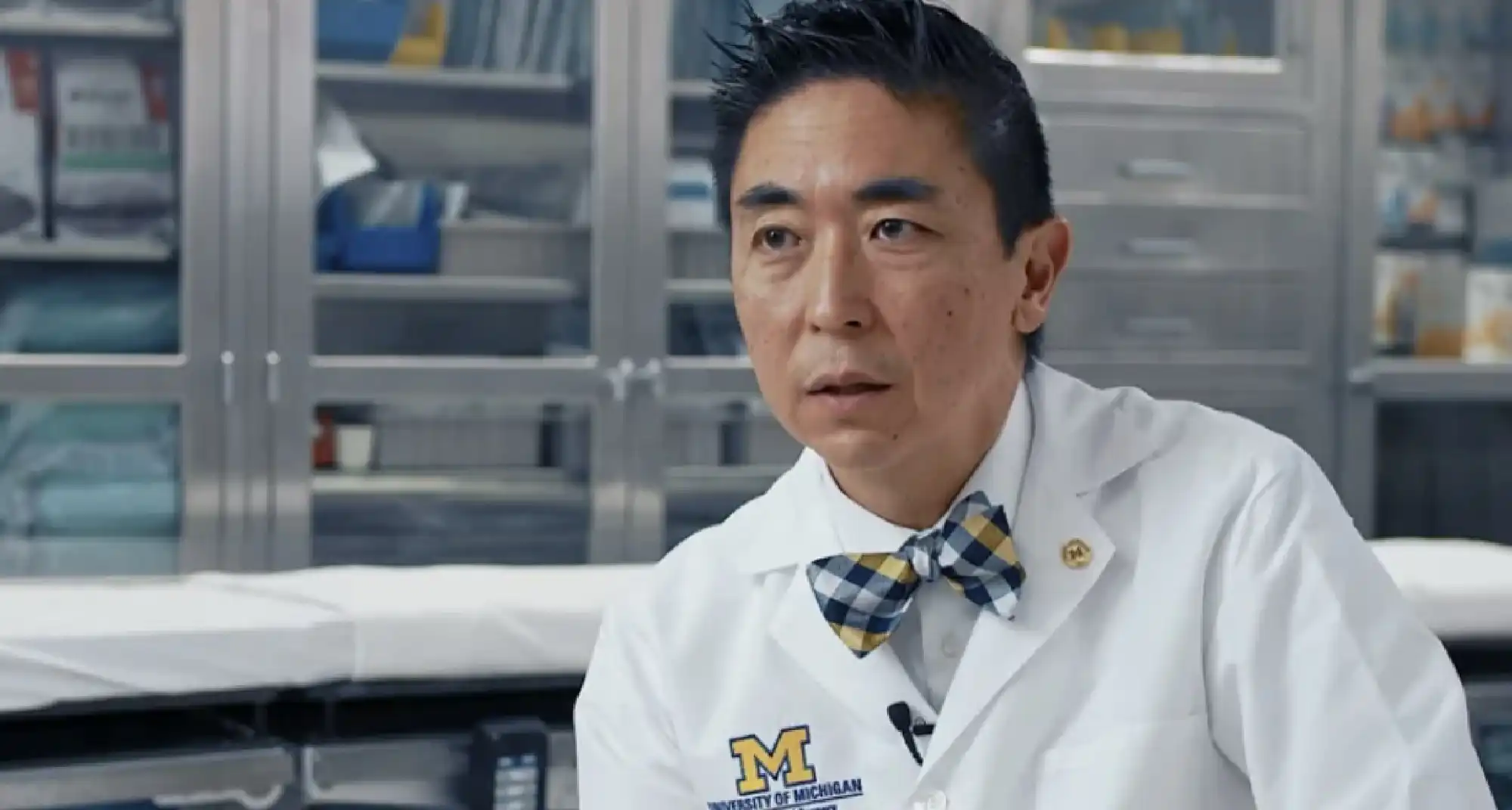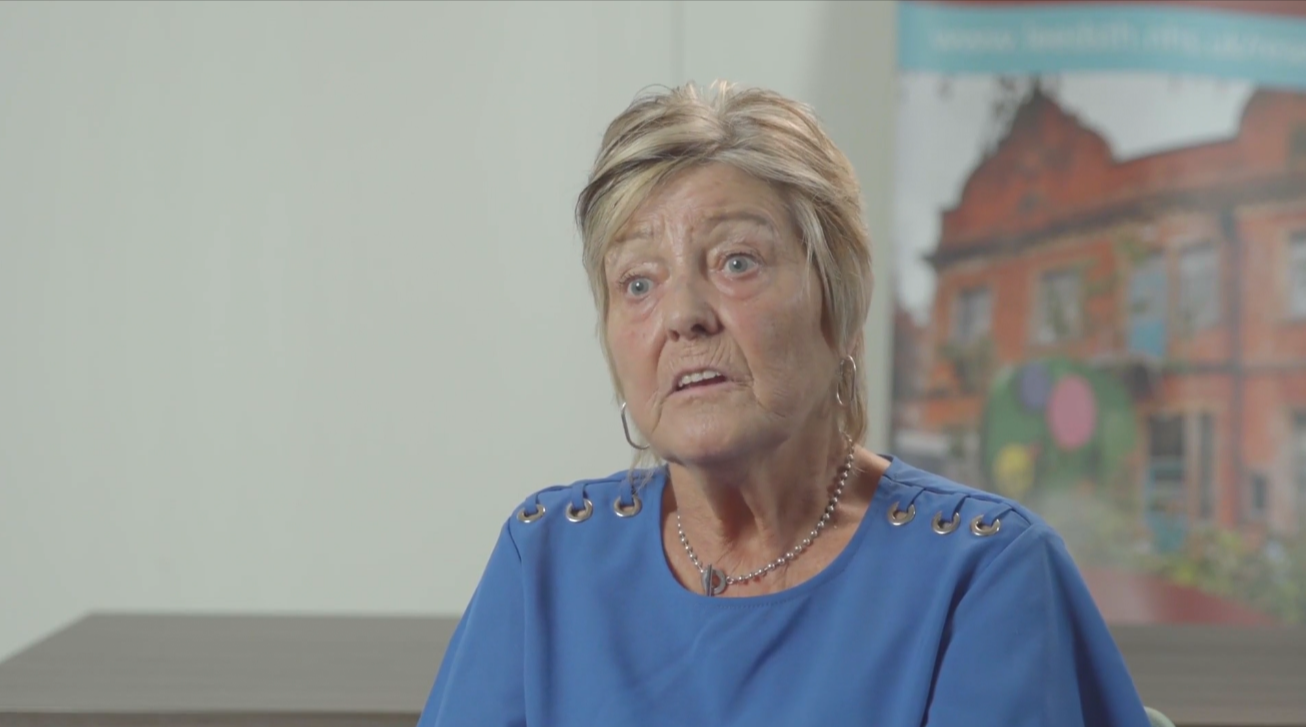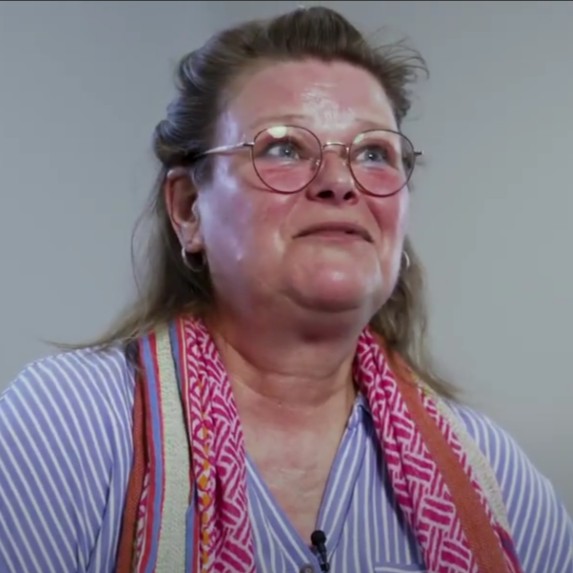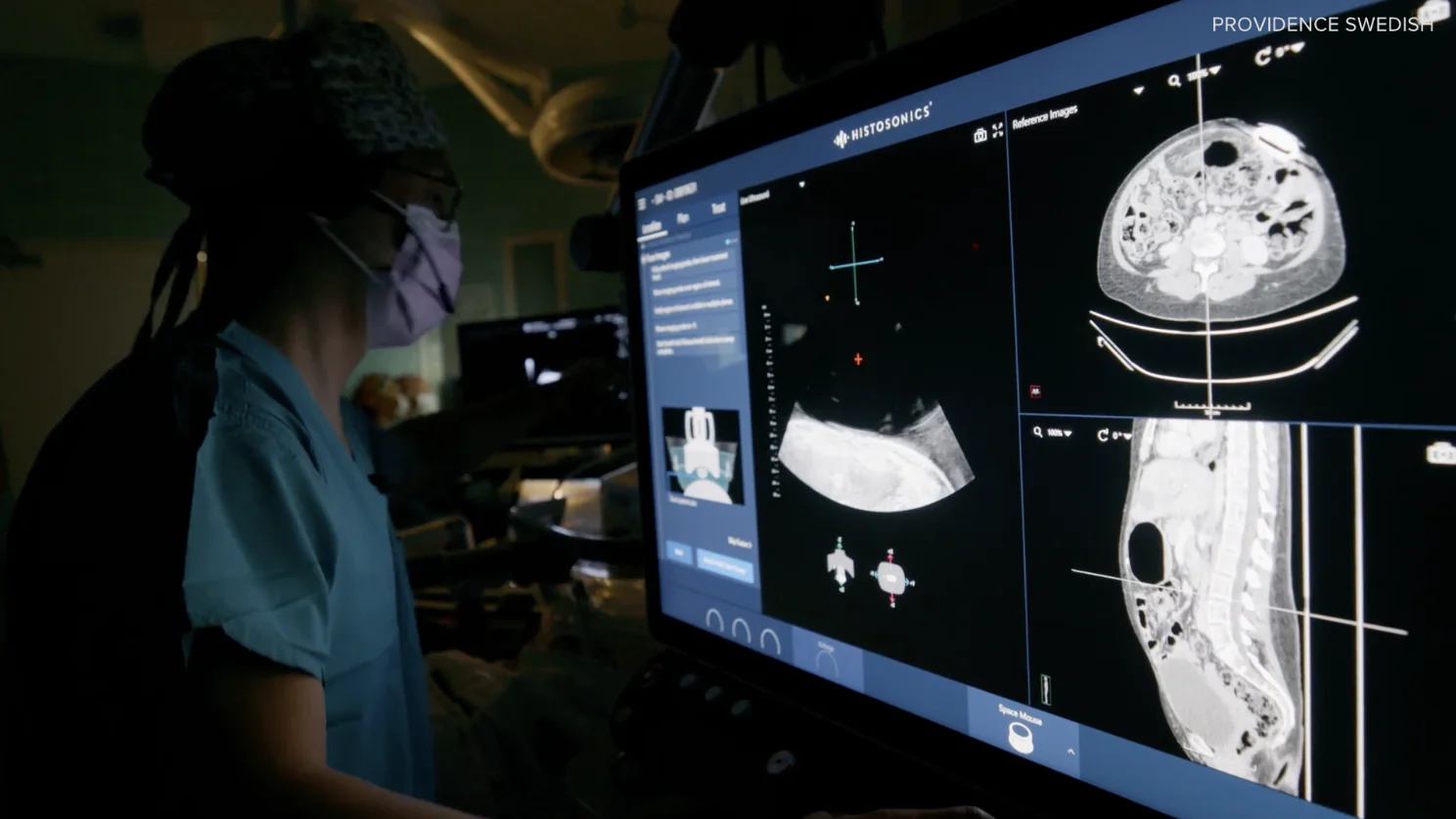Histotripsy: Delivering New Hope
If you or a loved one have been diagnosed with tumors in the liver, there is hope for treatment and recovery that is different from surgery or radiation. Harnessing the power of high-intensity sound waves, histotripsy offers a non-invasive method to effectively destroy liver tumors.
Histotripsy has been studied by doctors and researchers for decades and is being offered by doctors at hospitals around the world.

“I feel more confident for my future after having histotripsy.”
What is histotripsy?
Histotripsy is a cutting-edge form of ultrasound that utilizes pulsed sound waves to create “bubble clouds” from gases naturally found in targeted tissue. These tiny bubble clouds form and collapse in microseconds, producing powerful mechanical forces that can effectively break down tissue at the cellular and sub-cellular levels.
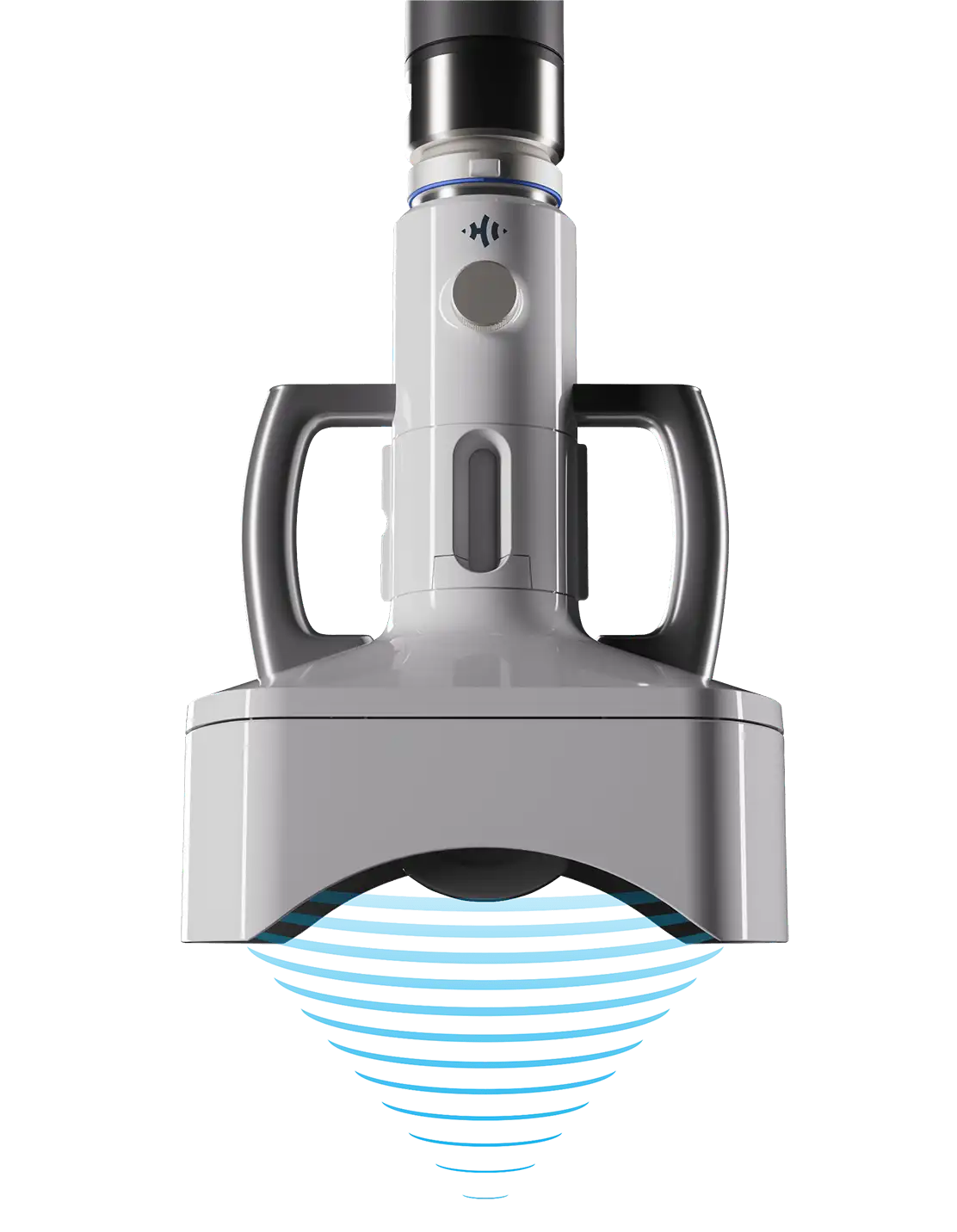
All medical procedures involve risk. Patients should consult their physician for more information and to understand the risks and benefits of histotripsy of the liver. Histotripsy results in the destruction of liver tissue, including liver tumors, which may impact overall liver function. During the clinical trial, the most common side effects experienced were procedural pain, abdominal pain and fever. Each patient experience will vary.
About the procedure
No incisions or cuts are made during the procedure. Instead, a soft, flexible membrane filled with degassed water is positioned over the area where the treatment is needed, and ultrasound imaging is then used to locate the tissue and monitor the histotripsy treatment in real-time.
The procedure may be performed under general anesthesia to minimize movement, and patients typically go home the same day or day after the procedure and can resume regular activities quickly.

Ready to Take the Next Step?
If you’re considering histotripsy, or would like to learn more about this non-invasive procedure, browse our resources below to begin your journey.
Is histotripsy right for me?
Fill out our simple questionnaire to learn whether histotripsy can benefit your condition.
Take the QuestionnaireFind a doctor near you
Use our doctor locator tool to find an experienced healthcare professional who offers histotripsy treatment near you.
Find a Doctor Near YouGet our information packet
Download an information packet to explore additional facts and resources on histotripsy.
Download an Information Packet